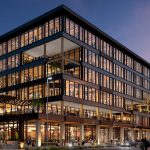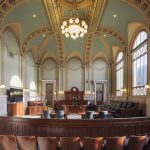Creating the Future: World-Changing Design
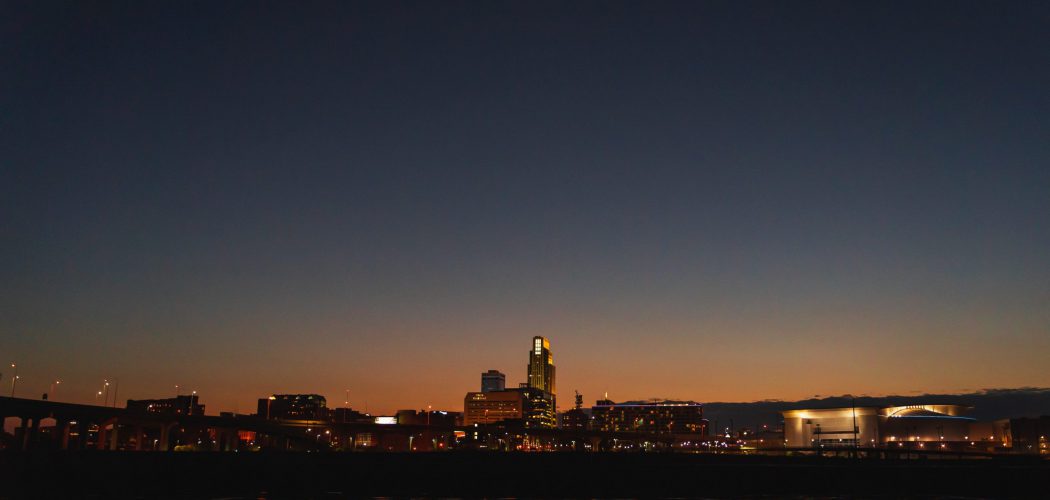
It’s an exciting time to be involved in architectural engineering. While there are a lot of obstacles ahead, new ideas continue to permeate the industry creating a unique challenge for the engineers that bring functionality to form. Modern architecture is endeavoring to rectify the heavy toll of industrialism on our planet, connect people with naturalistic environments, and build multi-functional frameworks that will allow new structures to stay relevant for decades. In efforts to meet the goal of creating the future, our role as MEP engineers is to forge the most efficient design regarding ever-evolving stipulations set forth by building owners and architects seeking to change the trajectory of the world. One building at a time.
Adaptive Reuse & Renovation
Polk County Courthouse
Slowing urban sprawl and maintaining structures of historical importance are both heavily prevalent elements of modern architecture. Historical constructions, such as the Polk County Courthouse in Des Moines, Iowa, bring a unique sense of character to the city’s identity and act as a cultural cornerstone, preserving the defining structures that have shaped the city’s unusual origins. Our design team had the unique task of completely overhauling the building’s internal anatomy while maintaining its ornate beauty. On top of this, the design had to remain aware of the building’s original materials, disturbing them as little as possible to keep the site accurate to form.
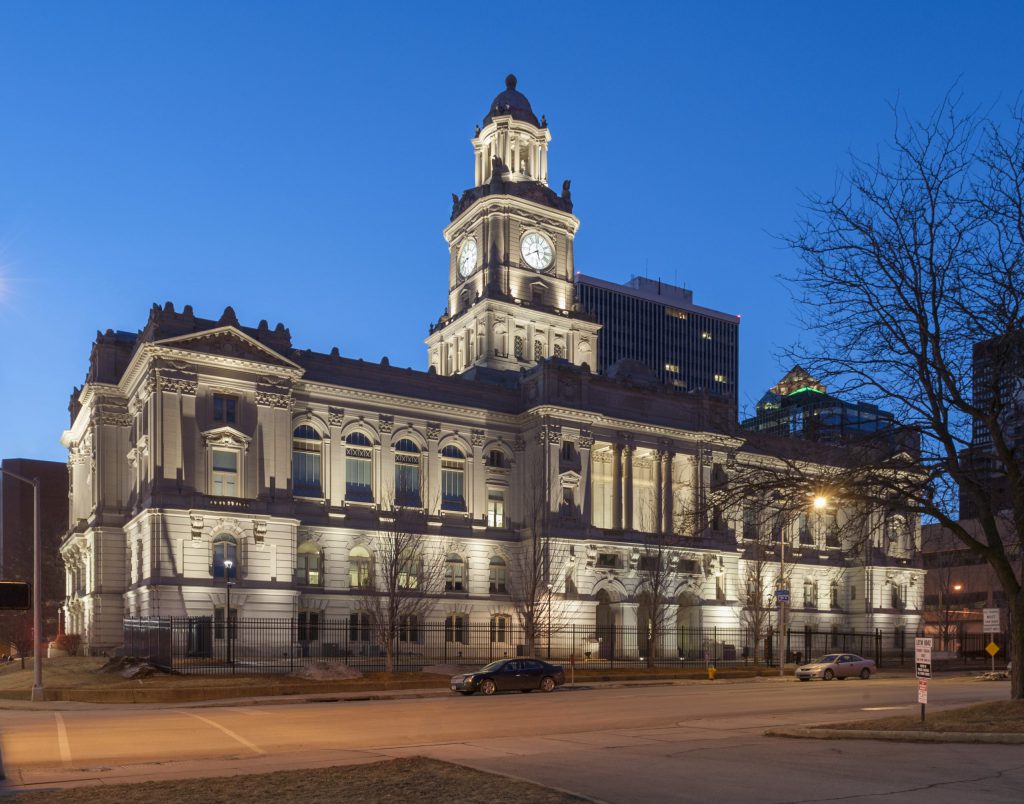
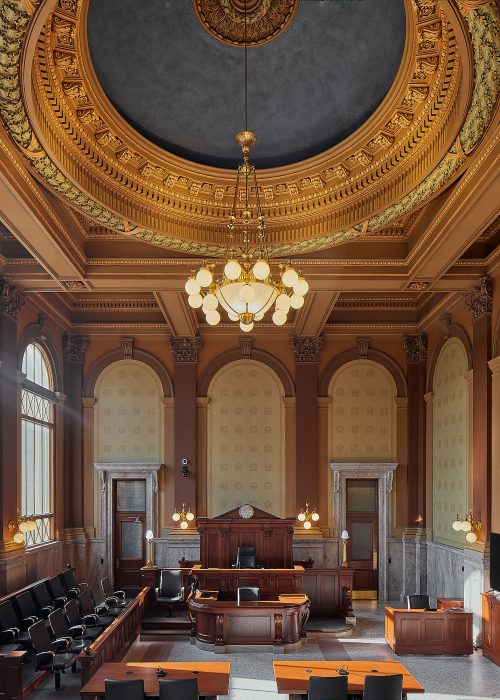
A vast majority of the updates that now bring the courthouse to life were integrated using long-forgotten chassis spaces between the structure’s original brick walls. Our design team ran electrical cables, refrigerant lines, and new water pipework through these spaces on a strict site-by-site basis, as no original schematics for these areas existed. These areas were crucial for the vertical integration of MEP systems in a room where our overall goal was to avoid uprooting as much of the original, historic fabric of the building as possible. Fiber optic telecom cables were installed in conjunction with renovations to the red terrazzo flooring providing much-needed data-sharing ports and digital connectivity hookups to media outlets, staffers, and other tenants that need access to both the local and state government networks. It also proved helpful in courtroom procession recordings and security cameras.
Sustainability and Eco-Conscious Construction
Mass-Timber Buildings
One of our best examples and most innovative solutions that combat the heavy environmental toll that plagues the construction industry is the T3 building model (timber, transit and technology). T3 buildings are structurally composed of ethically-harvested timber from the U.S. and Canada. They are strategically placed close to easy-access travel points built for walking, biking, and public transit, including buses, rail lines, and trains. Not only is its construction and longevity a combatant to carbon pollution, but it also encourages its tenants to limit their carbon footprint by using more eco-friendly forms of transportation. It takes approximately 15 minutes for U.S. and Canadian forests to grow the necessary amount of resources that will build out the core structure for a T3 complex, and each project takes the equivalent of 996 cars off the road a year thanks to its community impact and the amount of carbon emission absorption it will intake over its lifespan. Each construction saves, on average, avoids around 1,500 metric tons of carbon emissions that would have been produced with a traditional complex comprised of steel and concrete. T3 structures are also built WiredScore pre-certified, meaning they guarantee robust digital connectivity and telecommunication infrastructure and are also WELL, and LEED certified upon their completion.
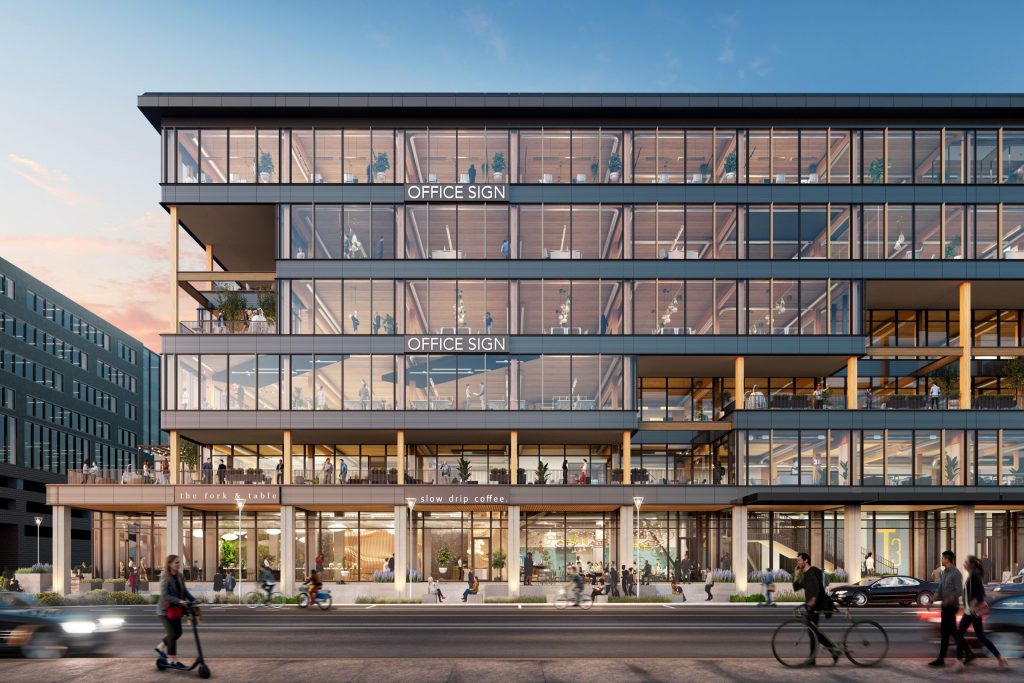
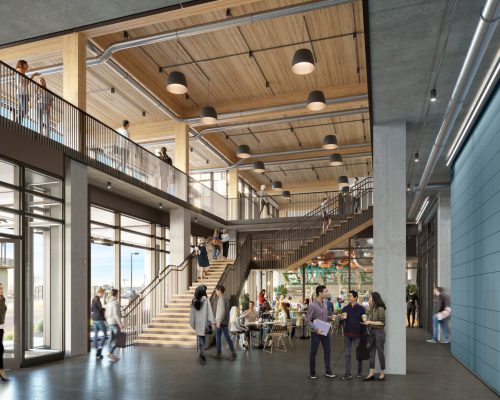
The MEP requirements for a wooden structure differ vastly from those of a traditional building. They require a substantial amount of coordination with the structural engineer. Wooden beams and column depths are much larger than their steel counterparts, meaning pipework and HVAC routing had stringent limitations. The interior design of these buildings is to remain warm, clean, open, and friendly, many of these structures are prone to show off their wooden exoskeletons, meaning there are few opportunities to install drop ceilings to hide electrical conduits, wiring, pipework, and HVAC ducts. The aesthetics of the exposed wood created a rustic, warm feel, a unique value-add for potential office tenants. One technique our firm has perfected is creating efficiently designed MEP systems, given our substantial experience in mass-timber buildings, that don’t detract from the interior chic of these structures. Despite the fact that these structures are relatively new, our design team has already amassed an invaluable wealth of knowledge regarding their form, function, and superior strategy that helps us unlock efficient design.
Fostering Creativity in the New Age of Architecture
The future of architecture is heavily focused on a hyper-awareness of finite resources and space. We no longer have the blissful ignorance of building with the reckless abandon that once was the industry ‘norm’ forty years ago. We know the dangers of carbon emissions, pollutants, and urban sprawl. We, as a society, are more focused on maintaining our cultural heritage. Through the proper upkeep of historical structures and other buildings of significance, we have more effectively defined our progress as a species. We are more focused on maintaining our historical benchmarks that are forever a reminder of who we are and where we came from. In the future, an increase in collaboration between architects, engineers, and contractors will be more significant than ever as new project delivery methods begin to support collaboration. This allows for more creative solutions and out-of-the-box thinking to become more commonplace on job sites worldwide, allowing us to create the future confidently.


